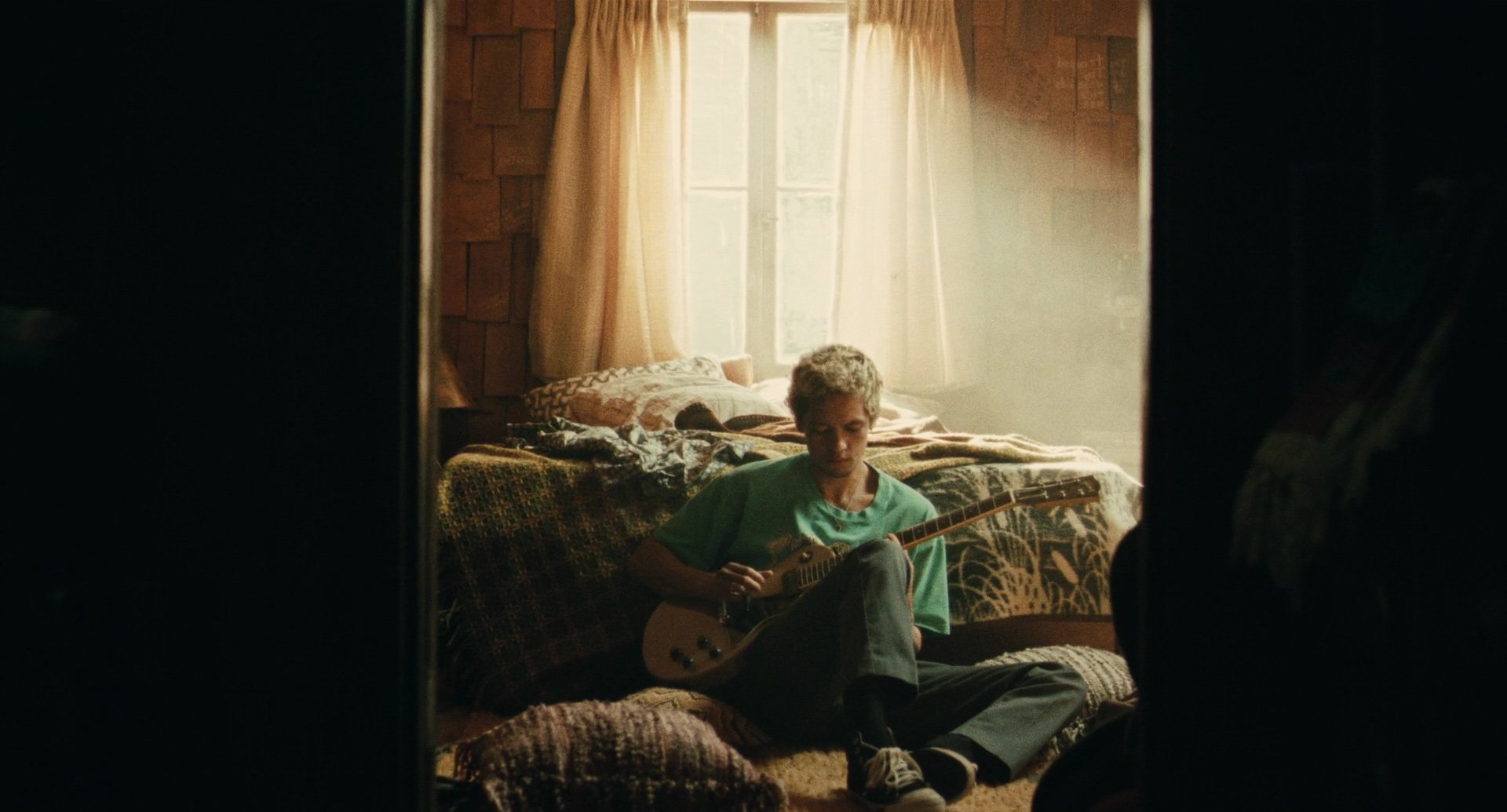
THE DEEP
Based on a true story
The Deep is based on my experiences as a survivor of the Utøya attack in 2011, and is a coming of age drama about trauma, and friendship.
We follow Joachim and his best friend Kadir during their first year of high school, and how their friendship falls apart when confronted with Joachim’s PTSD after the massacre on Utøya.
MOTIVATION
The idea for “The deep” came to me only a couple of years after the attacks. And now that I have processed the events, battled its consequences and gained enough experience as a filmmaker I am ready to realize my vision. The film’s characters are fictional, but depict my unique experiences during a defining moment in history. Told through the lens of someone who lived it, and has the vision to bring the audience into that experience.
Many years after the massacre, film was the only space where I could feel anything. In a way, the simplicity of film gave me what the complexity of reality left inaccessible. The power of cinema kept me going, made me able to feel, and deal with my grief. This is why I became a filmmaker, and why I am making this film now.
I worked to overcome PTSD and reconnect with my emotions for almost ten years. The film focuses on the first and most important steps in therapy. The effects of PTSD were intense, chaotic and confusing, as I was barely 16 when the attack took place. I want to portray my experiences of the trauma with my own voice as a filmmaker. In addition, I want to share some of the therapeutic tools that may also help the millions of young people who are silently dealing with it the same feelings.
In many ways July 22 was a trauma for the entire country. In The Deep, we don’t just see Joachim’s perspective as a survivor of the Utøya attack; we also see the perspective of those close to the victims through Joachims best friend Kadir and his parents, and of those on the outside through Joachim’s high school environment—teenagers thrust into a world they no longer recognise.
One of the themes I am passionate about is the depiction of friendship between young men. Teenage boys who are able to be open and vulnerable with one another is not something we see much of in film. Tenderness, openness and intimacy—qualities I too seldomly see displayed by male role models on screen. Qualities often construed as being part of a “coming out” story, and not that of a healthy friendship.
In The Deep, we see how Joachim’s emotional numbness after Utøya manifests as an inability to communicate, be intimate and close, something that proves destructive to any friendship.
The relationship between Joachim and Kadir is based on the friendship between me and my best friend Adrian, and how we almost lost each other as a result of my PTSD. We remain best friends to this day.
Secondary to PTSD and the friendship between the boys, the film also explores questions of status and popularity in high school. Through the main characters Joachim and Kadir, we follow the “nerd’s perspective” on high school, much as I experienced it.

VISION
The project draws inspiration from modern Nordic cinema, like the works of Joachim Trier and Thomas Vinterberg, but also Asian film culture—such as South Korea’s Bong Joon Ho, Japan’s Hirokazu Koreeda, and anime like that of Satoshi Kon. Their films are characterized by a blend of realism, exaggerated elements, and physical comedy—a style I wish to integrate into “The Deep.” I want to create a film that is dark, genuine, and sensitive, while also retaining comedic elements, humor and excitement.
This is achieved by balancing the elements of the story: The dramatic and dark elements of what the characters are going through, the humor of teenagers and the excitement of thrill-seeking behaviour, sex and drugs that Joachim seeks in order to feel something.
An important way in which “Dypet” departs from realism is through the use of visual devices. As in “Parasite” and “The Worst Person in the World,” the film incorporates elements of magical realism to heighten the main character’s emotions and perspective. Water—symbolic of the subconscious, and tied to swimming from Utøya—will be used to illustrate the protagonist’s inner conflicts and emotional journey. This will involve larger underwater sequences throughout the film, visualising Joachim’s struggle with his subconscious trauma, taking shape as a creature dragging him down into the depths. The visual language will also hint at the elements with subtler touches in camera work, set design, and sound design.
The film spans one year, with the changing seasons woven into the story’s dramaturgy to symbolize the journey of their friendship. Using natural elements and seasonal shifts to create a dynamic and visually compelling narrative. As a former production designer, set design is already an important tool in my writing process.
My goal is to create a film that truly captivates—one that cuts deep, makes the audience laugh, cry, and remain glued to their seats. I want to make a film that is both visually striking and clearly communicates my vision: a film about what the Utøya massacre did to us, and how it felt for young people in the year that followed.







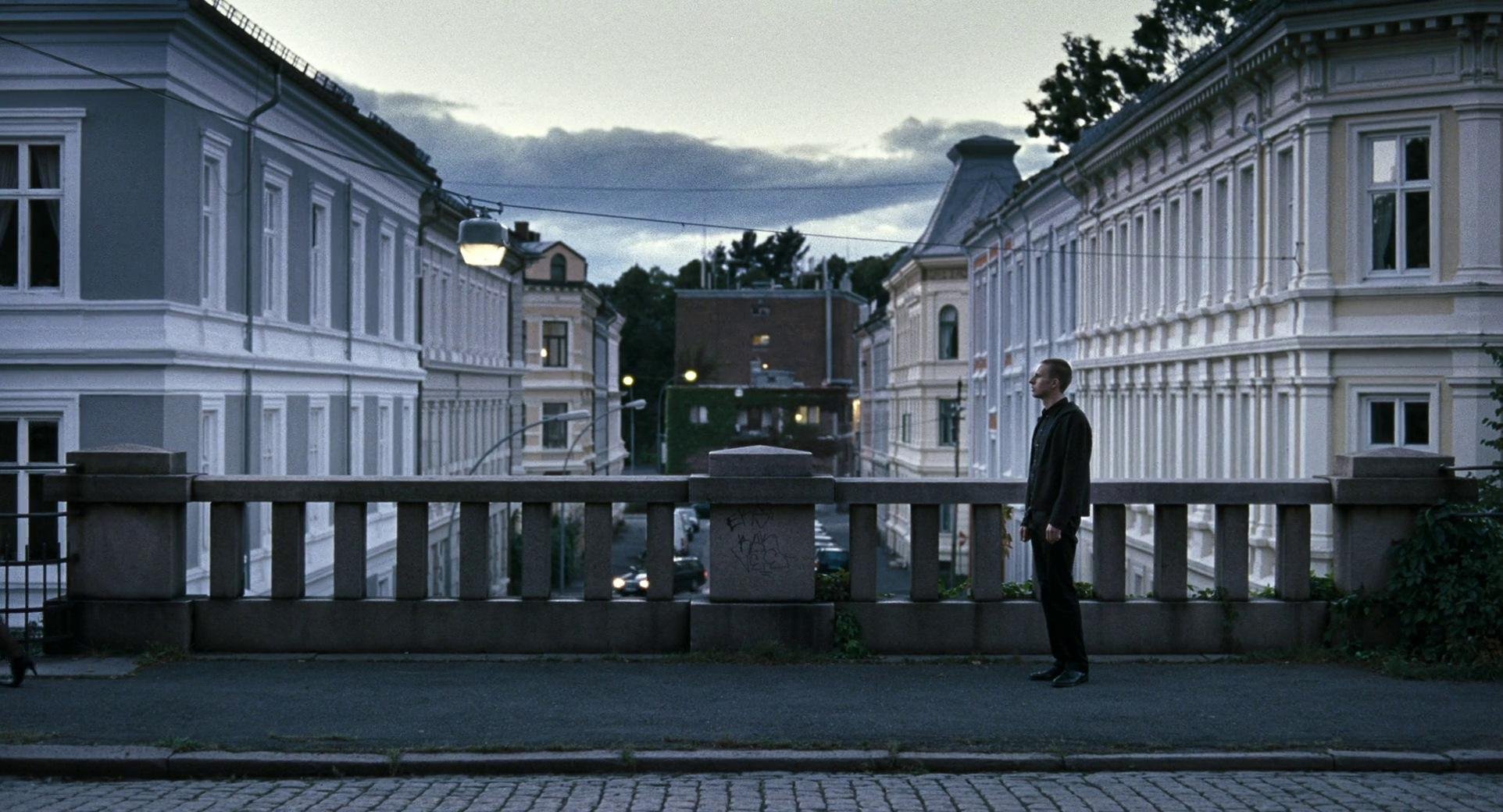
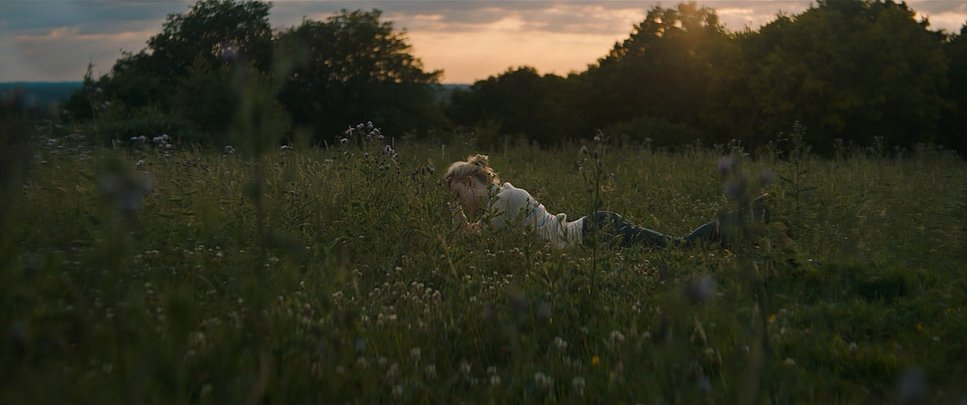








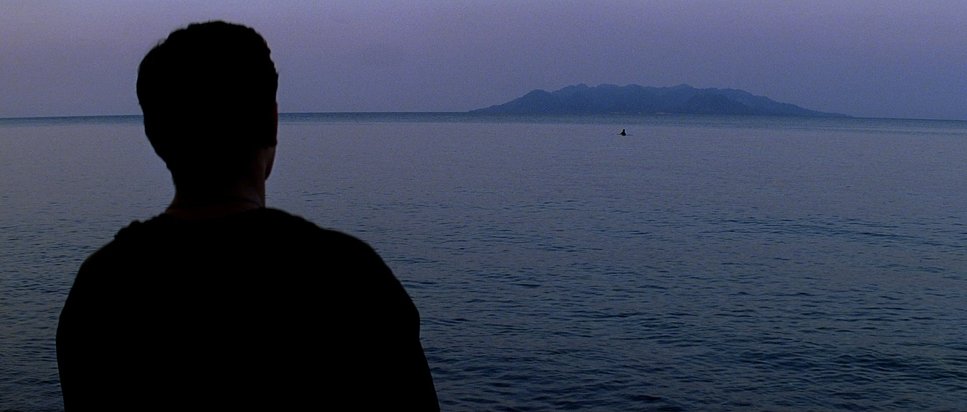

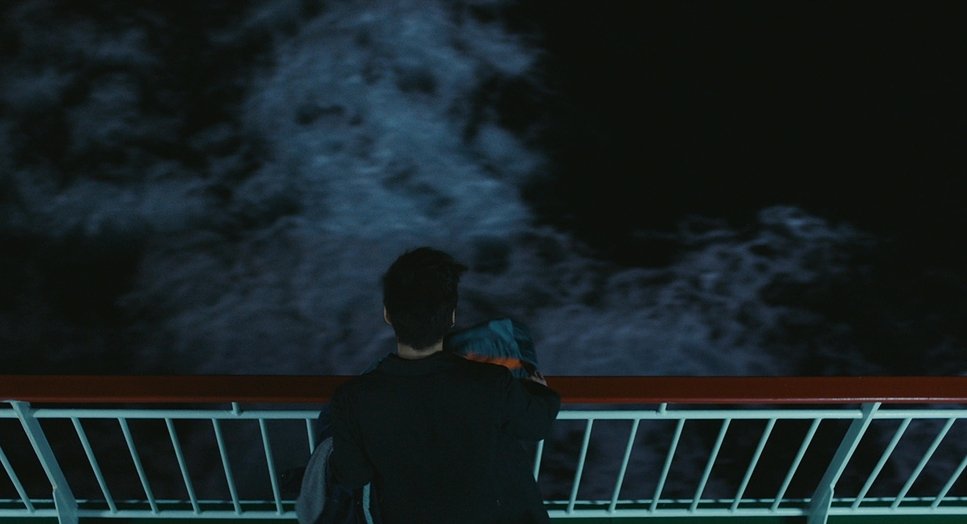





JOACHIM
Enthusiastic nerd from a good family that after the attacks is unable to feel almost anything at all. Full of jokes and seemingly unafraid of making a fool of himself, he masks his fear and insecurity through his loudness and lies about his experiences on Utøya to seem like more than he is.
THE CHARACTERS
KADIR
Half turkish best friend with a sharp sense of humor. Intellectual, witty and confrontational, but with a huge insecurity about his self worth and looks. Wants to be a part of the popular group but is a nerd at heart.
SARA
Loudmouthed lesbian anarchist and musician from an unstable home. Able to be both nerdy and hang with the cooler groups at school, she is often found at the center of the party arguing about politics and smoking a joint.
BARBARA
American trauma specialist. Empathetic and caring but with a traumatic past as a field therapist in Afghanistan. With an alternative “old-hippie” look and methodology yet a sharp and down to earth personality.
SHORT SYNOPSIS
For a more detailed look read the treatment below.
On July 22nd, Joachim (16) stands at the water’s edge on Utøya, frozen as gunshots echo behind him. He dives into the fjord and swims, desperate to survive.
The next day, he numbly stands in a grocery store with his father, staring at a carton of eggs. People around him cry, but Joachim feels nothing. When his best friend, Kadir, visits, their bond feels strained and distant. Joachim refuses to attend the City Hall memorial, avoiding anything that forces him to relive what happened. All he wants is for life to feel normal again: gaming, hanging out at the beach, and forgetting.
At a funeral for a friend who died on Utøya, Joachim feels out of place. While others grieve openly, he feels detached and unable to cry, no matter how hard he tries.
Joachim begins therapy with Barbara, an alternativ trauma psychologist. He claims he doesn’t need help, but Barbara encourages him to keep coming. Meanwhile, Joachim and Kadir start high school in Oslo, where they meet Sara—a bold, confident second-year who shares their love of anime but moves easily in popular circles. The three form a tight friendship, spending their days gaming, watching anime, smoking weed and testing their limits with risky stunts like parkour. For a while, their friendship feels like an escape from reality.
But cracks soon appear. Kadir struggles to fit in with the popular crowd, while Joachim becomes the center of attention at a party when people learn he survived Utøya. The spotlight unsettles Kadir, especially as Joachim’s stories about the tragedy become more exaggerated. Meanwhile, Barbara’s methods begin to unearth Joachim’s buried emotions, but the process is overwhelming. A flashback to Utøya leaves him terrified of his own feelings. To cope, Joachim starts withdrawing—skipping school, drinking, smoking doing reckless stunts and lying to his parents, and pretending he’s making progress in therapy.
The tension between the friends deepens. Kadir grows resentful of Joachim’s popularity. Sara becomes disillusioned as their jokes turn mean-spirited. Desperate to escape, they convince their parents to let them take a trip to Japan, but instead of bringing them closer, it tears them apart. They steal from their host family, sneak out at night, and constantly undermine each other. By the time Joachim’s parents intervene, their friendship is in ruins.
Back home, everything falls apart. Joachim and Kadir grow distant, and Joachim’s reckless behavior worsens. During a dangerous stunt, he pressures Sara to jump off a moving subway car. Furious, she cuts ties with him. At a party that night, Kadir confronts Joachim about his lies. Their argument escalates until Joachim punches Kadir. Drunk and alone, Joachim stumbles through the city and climbs a crane at Aker Brygge, slipping and falling into the water.
Winter sets in, and Joachim isolates himself completely. He stops going to school and avoids his parents, sinking deeper into his trauma. He is lost, alone.
In the spring, his father takes him on a fishing trip in a last-ditch effort to connect. On the shoreline, Joachim finally opens up, admitting how lost he feels. His father listens, and for the first time, Joachim feels understood. With his dad’s encouragement, he returns to therapy.
In Barbara’s office, Joachim begins to confront the memories he’s been running from. He relives the fear of that day on Utøya, no longer avoiding the truth. Slowly, he starts to heal.
When Joachim reaches out to Kadir, their reunion is awkward, but watching an emotional scene in Naruto brings all of Joachim’s buried grief to the surface. He breaks down, crying uncontrollably, and Kadir holds him. For the first time, Joachim feels the weight of his pain begin to lift, held by his best friend.
Though his journey toward healing is far from over, he is finally able to feel. And as the yearly summer party begins, we leave Joachim and Kadir surrounded by family and friends, laughing and dancing together—taking the first steps forward, together.
Take a deeper dive into the story
We are a writing duo with extensive experience in short films, screenwriting, short stories, and storytelling. My expressive narrative style as a director, combined with Espen's focus on dialogue and character from his background in literature, creates a balance between character-driven and visually-driven storytelling. We grew up together in Nesodden and have been collaborating on creative projects since we were kids.
The Deep is in development with Yngve Sæther at Motlys (Oslo August 31st, Force Majeure, and the trilogy Sex, Dreams, Love). With Oscar nominated writer Eskil Vogt (The worst person in the world, Oslo, August 31st, The innocents, Thelma) as our script consultant.
About us
Harald Evjan Furuholmen (f. 1995). Educated in film at the European FIlm College and directing at DFFB (Deutsche Film und Fernsehakademie). Currently residing in Tokyo working on his last project starring Kristofer Hivju (Game of Thrones, The Witcher, Force Majeure) and Eili Harboe (Thelma, Succession).
Espen Th. Granseth (f. 1991). Educated at the Writers study in Bø og And writers study 2 and 3 at the UiT (University of Trondheim). Currently finishing his first book at one of the most highly regarded Academies for writing in Norway.

